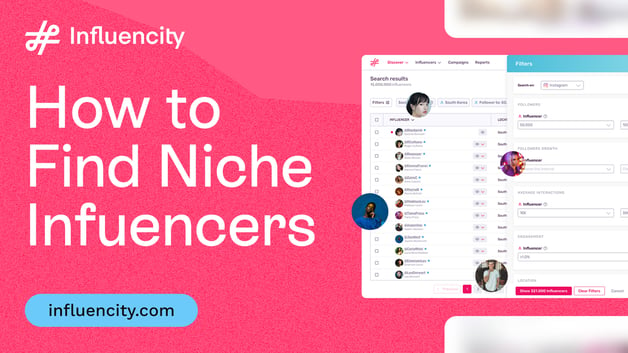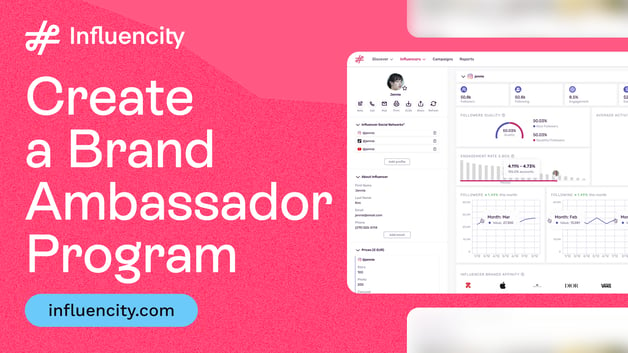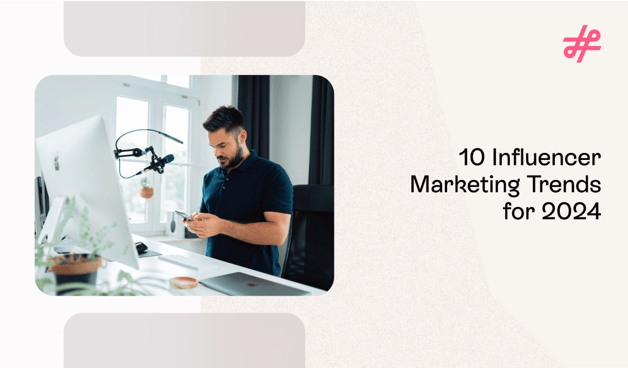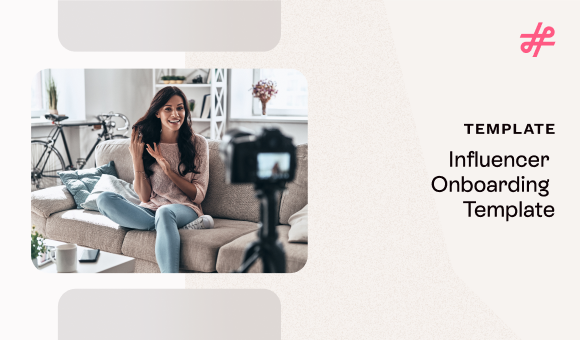Influencer Marketing
How Kiehl’s Uses Buyer Personas to Power Influencer Campaigns That Actually Convert
Influencer Marketing
As someone with sensitive skin that’s prone to breakouts, I take care to look at the ingredients before buying any new skincare product. Ingredients like fragrance or alcohol are a complete no-no because they trigger my acne. So even if I see an exciting promo from an influencer I look up to, the product may not necessarily sell to me simply because it doesn’t meet my needs.
Similarly, someone whose biggest concern is anti-aging will have needs very different from mine. Ingredients like retinol and Vitamin C may be a bigger focus for them. In this case, the same promo may influence them because the messaging focuses on reducing fine lines and wrinkles.
This is why brands need detailed buyer personas to inform their influencer marketing campaigns. Not only will this help with influencer selection, but it will also help them tailor their messaging across audiences with varying concerns and needs. Kiehl’s is one of those skincare brands that does this really well. You can instantly see it in the way they position their products and partner with influential creators.
So this post takes a closer look into the brand’s influencer strategies powered by detailed buyer personas. Let’s get started.
The Problem with Generic Personas
Many brands still rely on the outdated approach of building generic personas based on demographic data. However, this alone may fail to guide creative direction. For example, a brand may say:
“Our audience is women aged 25-45 earning $60,000 a year.”
Yet this lacks strategic clarity because it doesn’t necessarily mean that women within this age and income bracket will be interested in the product. It fails to account for their unique needs, concerns, and spending habits.
Sure, this target audience may be able to afford a $50 skincare product once every couple of months, but that doesn’t mean they’ll buy it. Some of them may prioritize other expenses and want to spend less on skincare.
Additionally, it doesn’t account for the unique skincare needs and concerns that will influence their decision-making. For instance, someone with oily skin and concerns about enlarged pores might have very different needs from someone with dry skin who’s concerned about dullness.
So generic buyer personas aren’t enough to craft messaging that truly resonates with different audience types. This also makes it challenging to build useful influencer briefs that guide creators to create effective content.
The Kiehl’s Approach to Persona Depth
In contrast, Kiehl’s adds depth to their buyer personas. The brand leverages first-party data, such as customer reviews, loyalty data, and in-store consultations, to get a better understanding of their customers. This enables them to build layered personas targeting some of the key concerns of their biggest audience groups.
Based on this, Kiehl’s segments buyers into three main personas.
Sensitive Skin Warriors
As a brand that boasts high-quality products with unique formulations that are gentle on the skin, Kiehl’s sees significant patronage from people with sensitive skin. So it only makes sense to have a buyer persona of Sensitive Skin Warriors. The brand taps into this market through campaigns that highlight how their products are gentle on the skin, making them ideal for those with sensitive skin.
This includes campaigns involving influencers dealing with this specific skincare concern. Influencers like Camila Vilas created content promoting the brand’s products. The messaging doesn’t just focus on the benefits of those products but also highlight how they’re sensitive-skin-approved.
Ingredients Junkies
Kiehl’s is known for their long-standing ingredient expertise, blending science and nature to create products that work without harmful parabens and fragrance. This herbal and pharmaceutical knowledge makes them a trusted brand among skincare enthusiasts whose main focus is on ingredients.
Naturally, the brand has a persona of Ingredients Junkies, consisting of people who look at the ingredients of a product before buying. These are consumers who have sufficient knowledge of what certain skincare ingredients can do. So the brand targets them through campaigns that highlight the product’s key ingredients.
Take, for example, the following partnership with UGC creator Heidi Ledford. The creator highlights the contents of the Ultra Facial Cream, positioning it as a product that’s suitable for all skin types.
Anti-Aging Loyalists
With effective formulations that target concerns like fine lines and wrinkles, Kiehl’s is also a popular choice among those seeking anti-aging solutions. The brand’s persona of Anti-Aging Loyalists consists of people who swear by their expansive range of ultra-hydrating, anti-aging, and firming products.
Kiehl’s targets this persona through partnerships with influencers who can reach audiences who want to slow down the effects of aging.
See how Becky Hillyard, who runs the Cella Jane blog, positions the brand’s retinol product in her post. She promotes it alongside the brand’s Ultra Facial Cream and highlights how the retinol doesn’t dry the skin, allowing her to keep her skin ultra-hydrated even in winter.
Briefing Creators with Personas That Work
Your buyer personas will serve as a guideline for building more impactful influencer briefs. It breaks down the needs, pain points, buying behaviors, and concerns of different audience groups. So it can guide creators in crafting content that truly resonates with each persona.
It’s important to simplify complex personas into usable storytelling prompts to make them more actionable. Don’t expect influencers to “guess” what the audience wants based on the persona you’ve shared. Instead, give them direct instructions on how you want to speak to a specific persona.
For example: “Speak to X’s biggest fear: Wasting money on skincare that doesn’t work.”
This isn’t the same as giving them a script to use. Instead, you’re simply giving them key talking points to effectively address the main concerns of a specific buyer persona. So there’s still plenty of room to get creative and use their unique voice.
This is another area where Kiehl’s does an excellent job. The following partnership highlights price and effectiveness, which is perfect since the influencer focuses on sharing affordable lifestyle content. You can see that the influencer is sharing her honest thoughts about the products in a way that speaks to her audience.
Persona-Based Content Planning Tips
This is a good time to note that even your content style should align with the needs and concerns of different buyer personas. A detailed review of the product’s effectiveness may be great at convincing new customers to try out the product. But it may not necessarily resonate with folks who are more concerned about making environmentally conscious buying choices.
Make sure to match persona drivers to content styles. For example:
- For science lovers – Detailed ingredient breakdowns are a great way to establish trust. This type of content can help to highlight the product’s effectiveness while showcasing the brand’s ingredient expertise.
- For first-time users – Step-by-step routines can showcase how each product should fit into their daily routine. This type of content helps to increase product understanding, giving them the knowledge and confidence to buy the product.
- For eco-conscious buyers – These buyers aren’t just looking for products that work. They want to minimize their environmental impact, which influences all their buying decisions. So content highlighting sustainability in sourcing and packaging will have the biggest impact.
Kiehl’s does another excellent job in this aspect, as you can see in the following partnership with Steph Taylor Jackson. The influencer introduced the brand’s new retinol product, explaining that it’s an advanced option for experienced retinol users. She guides her audience to check out her Stories to understand the key differences between the brand’s existing retinol product and the new, advanced option.
The combination of in-feed posts to introduce the new product and Stories to provide further education is a great way to help new and experienced users alike in navigating the brand’s retinol offerings.
Brand-Influencer Fit: Using Buyer Personas to Vet Talent
Influencer vetting is one of the biggest areas where your buyer personas can guide your decisions.
An influencer may look great on paper since they have a huge following and create content about skincare and beauty. But that doesn’t guarantee that they speak to the specific types of people you want to reach. For instance, their content may not resonate with eco-conscious buyers or price-conscious buyers.
So you need to align creators with persona psychographics to make sure you’re reaching the right audience groups. Ask questions like:
- What types of influencers does this buyer persona follow and listen to? For example, some audiences may follow advice from experts while others may take buying recommendations from creators they find relatable.
- What kind of content does this influencer create and does it match the content style that your audience needs? Funny and on-trend content may be great for reaching Gen Z audiences, but it may not have the same impact on folks who carefully study a product’s ingredients before buying.
When Kiehl’s wanted to reach a Gen Z audience, they chose to partner with Gen Z influencers like Miles Mitchell. This creator doesn’t necessarily specialize in skincare or beauty content. Yet he has a significant influence within the Gen Z community because of his entertaining content. Not to mention his reputation for having won the Timothee Chalamet Lookalike Contest.
So this partnership makes sense as his content resonates with the brand’s buyer persona of Gen Z consumers who enjoy unserious and entertaining content.
Meanwhile, the brand targets the Anti-Aging Loyalists through strategic partnerships with influencers like Michele Wang. As someone who creates content about looking stylish in your late 40s and early 50s, her content highly resonates with those within the same age group. So this partnership helps the brand to effectively position their anti-aging product line while also highlighting the eco-conscious packaging.
Alternatively, a partnership with dermatologist creators like Dr. Chris Tomassian allows the brand to tap into the “clinical care” segment. This helps them effectively reach audiences who look to experts rather than traditional influencers for skincare advice. Having medical experts vouch for their products helps to build trust within this segment.
Brand Case Highlight: Kiehl’s
Kiehl’s is a brand that’s known for a science-meets-natural positioning. They offer unique formulations to target a variety of skin concerns, helping them cater to a diverse audience base. This calls for a need to divert from a generic “all skin types” promo messaging to a persona-based approach targeting specific buyer groups through impactful influencer campaigns.
As you can see from the examples I shared above, the brand excels at using distinct personas across influencer tiers — from dermatologists on YouTube to micro-creators with “real skin” stories on TikTok.
From the varying types of content that you’ve seen so far, it’s clear that they brief by concern (not just age). This allows influencers to create emotionally resonant, conversion-focused content that truly speaks to unique buyer personas.
For instance, the brand’s continued partnership with cosmetic chemist Ramón (@glowbyramon) helps them tap into an audience of science lovers. The influencer uses his expertise and ingredients knowledge to break down how Kiehl’s formulations address specific skin concerns. This type of content resonates with audiences who love skincare education and want to know the workings behind their favorite skincare products.
Meanwhile, a partnership with micro-influencers like Faith West allows them to tap into audiences seeking recommendations from more relatable creators. Notice how the influencer takes the time to answer someone’s question about sensitive skin, sharing her own experience using the product.
The brand doesn’t just partner with a wide variety of influencers. Instead, they focus on influencers who can reach specific audience groups and provide them with useful briefs tailored for each group. This helps them ensure that their campaigns aren’t all over the place. Instead, they adapt the messaging to address the unique needs and concerns of different buyer personas.
Build Personas for Campaigns That Resonate
As you can see from the Kiehl’s examples I highlighted above, buyer personas help you create influencer campaigns that actually resonate with the audience. Instead of guiding all your influencers with a single prompt, make sure to create briefs that address the needs and concerns of specific buyer personas.
Your buyer personas will also serve as a guide in finding the right influencer fit. So build deep and meaningful personas using first-party data to create more impactful campaigns.
Tags:
Buyer Persona
Jackie Zote
Jacqueline Zote is a freelance writer and content producer who specializes in putting together in-depth guides and articles on all things related to digital marketing. As a social media native who’s chronically online, she uses her expertise and experiences to tap into the pulse of social media and influencer...




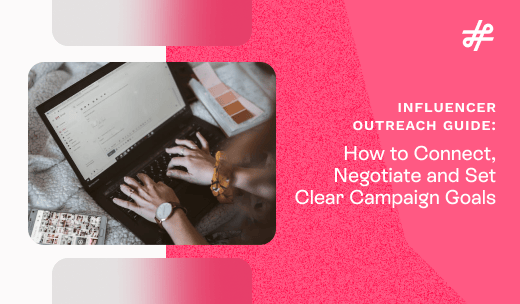
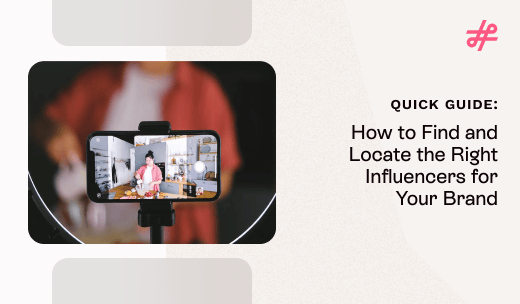



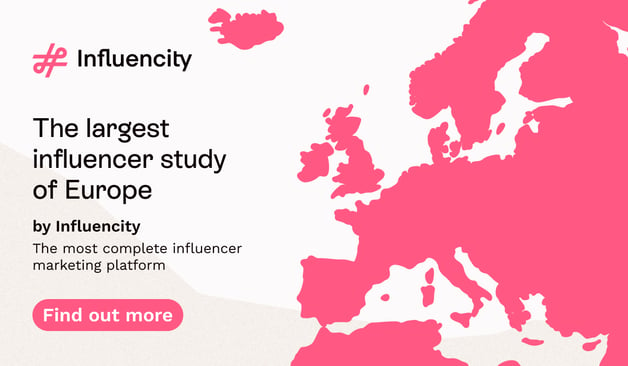

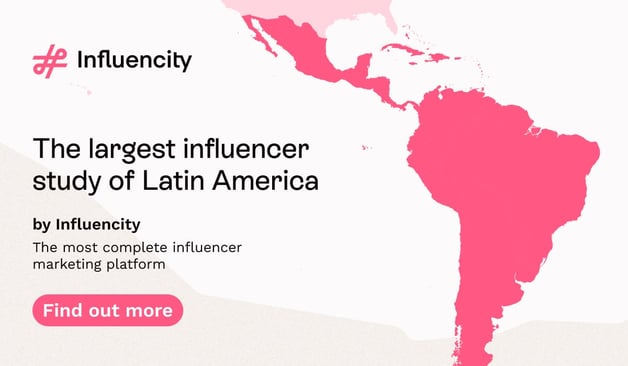


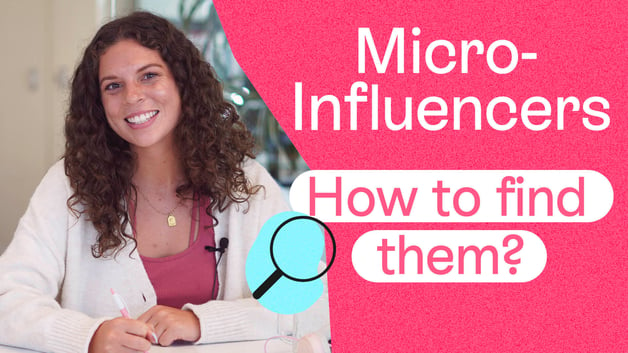


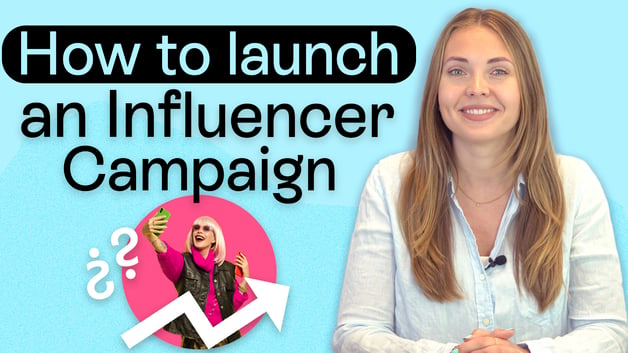

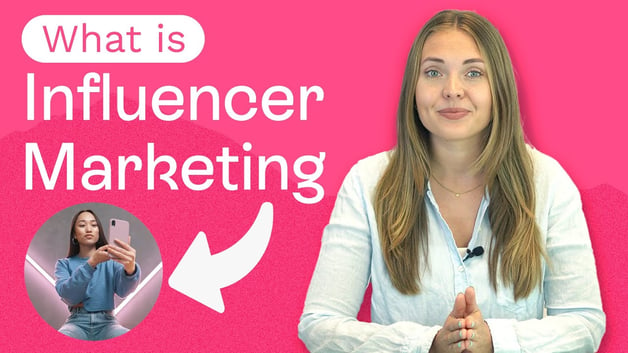

%20and%20How%20Can%20They%20Benefit%20Your%20Brand%20article.jpg?length=628&name=What%20Are%20Key%20Opinion%20Leaders%20(KOL)%20and%20How%20Can%20They%20Benefit%20Your%20Brand%20article.jpg)
